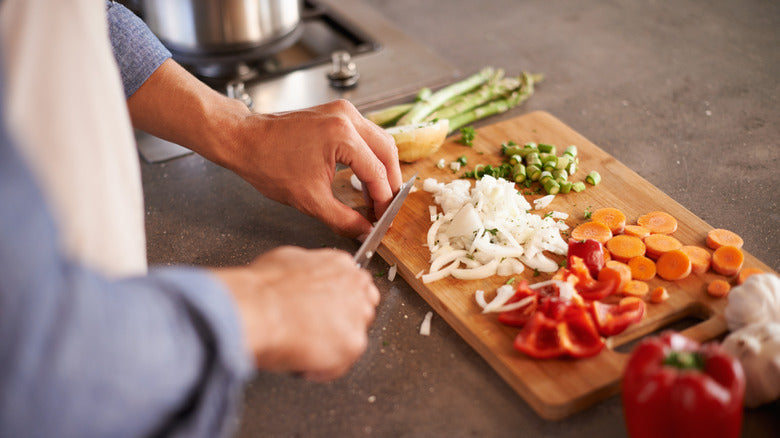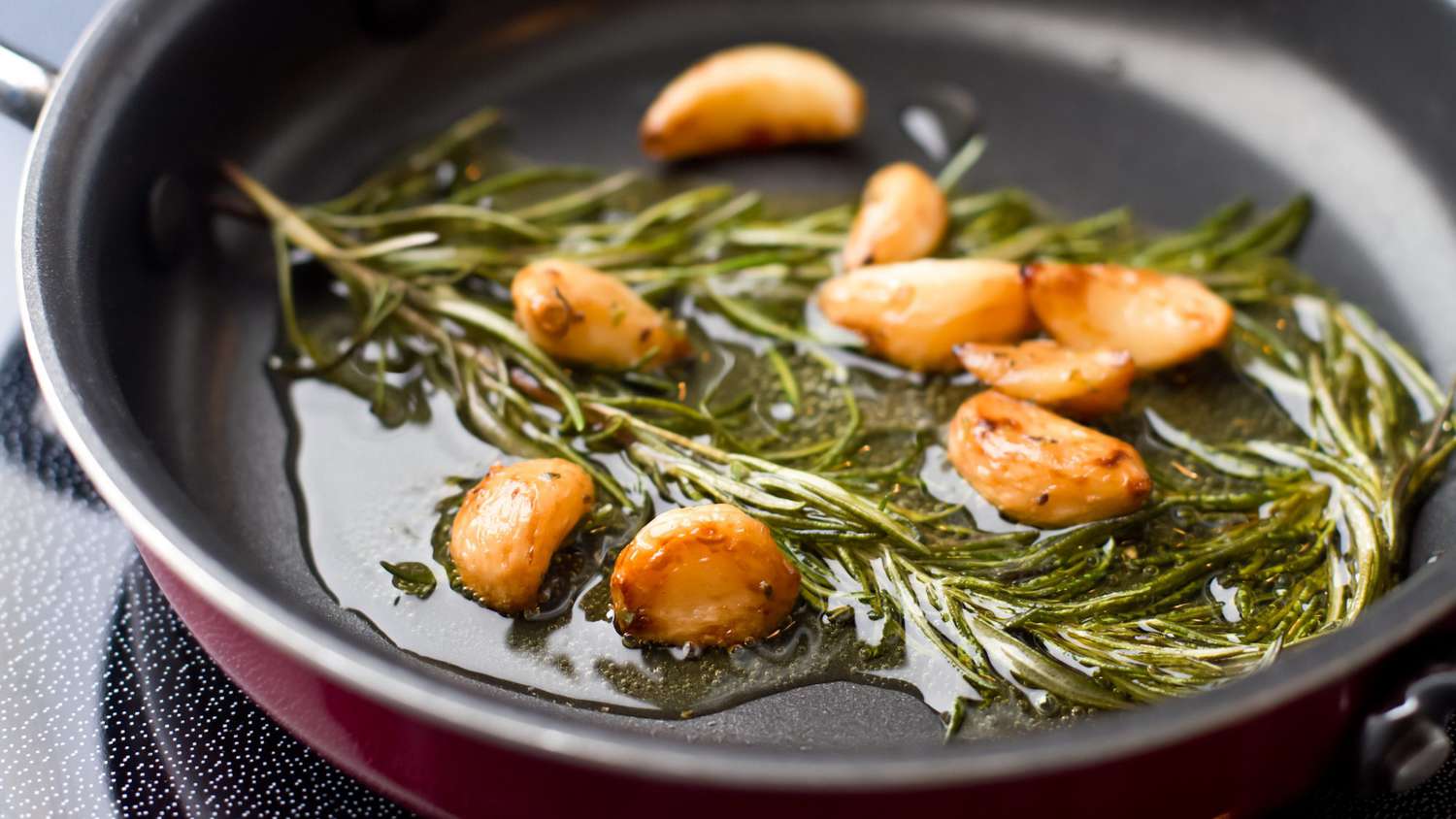For kitchen professionals, mastering the art of cooking with a cast iron skillet is an essential skill. This versatile tool not only provides great heat retention but also adds a distinctive flavor to your dishes. However, if you're wondering how to use a cast iron skillet for the first time, it can be daunting. Fret not. This article is crafted meticulously to guide you through each step of the process, ensuring your cooking experience is seamless and enjoyable.
A cast iron skillet is a kitchen workhorse. Whether you are frying, baking, or sauting, understanding how to handle this fantastic utensil can elevate your culinary creations. Lets delve deep into the key aspects of using a cast iron skillet effectively.

Choosing Your Cast Iron Skillet
Not all cast iron skillets are created equal. As a kitchen professional, choosing the right skillet is vital for both performance and flavor. You'll find varying sizes and shapes in cast iron skillets.
Usually, a standard 10-12 inch skillet is a great size for beginners. As you become more comfortable, you can explore additional sizes tailored for specific dishes.
Understanding the Pre-Seasoning
When you buy a new cast iron skillet, it often comes pre-seasoned. This means it has been coated with oil and heated to create a protective layer. However, it's essential to care for this layer. Heres how:
- Before first use, wash the skillet with hot water and mild soap.
- Dry it thoroughly to prevent rusting.
- If needed, apply a small amount of vegetable oil or flaxseed oil and wipe off the excess.
How to Properly Heat Your Skillet
One of the most critical aspects of cooking with a cast iron skillet is learning how to heat it properly:
- Start with low to medium heat to avoid damaging the seasoning.
- Allow the skillet to heat graduallytesting with a few drops of water. They should dance and evaporate quickly when its hot.
Best Practices for Cooking
Once your skillet is prepped, you're ready to cook! Remember, your cast iron skillet can be used for multiple cooking styles:
- Searing - Excellent for meats as it provides a beautiful crust.
- Frying - Perfect for frying chicken or vegetables.
- Baking - Delicious cornbread or even pizza can be made in a skillet.
Cleaning and Maintaining Your Skillet
Cleaning your cast iron skillet is crucial for longevity. Unlike other cookware, you should avoid soap and abrasive sponges:
- Simply rinse with hot water and scrub with a soft sponge.
- If food is stuck, consider boiling water in the skillet to loosen residues.
After cleaning, dry it immediately and apply a thin layer of oil to prevent rusting.
Restoring a Well-Used Skillet
If your cast iron skillet has seen better days, don't panic! You can restore it:
- Use coarse salt to scrub it clean.
- Follow the seasons and heat process we discussed earlier.
Further Cooking Tips
For an even more vibrant culinary experience, consider these recipes to try out:
Frequently Asked Questions
Can I use soap to clean my cast iron skillet?
While a small amount of soap won't damage a well-seasoned pan, it is best to avoid soap to maintain the seasoning.
How should I store my cast iron skillet?
Store it in a cool, dry place, preferably with a paper towel inside to absorb moisture.
What should I do if my skillet begins to rust?
Scrub the rust off with steel wool and re-season the skillet after cleaning.
:max_bytes(150000):strip_icc()/Le-Creuset-Signature-Skillet-4-67ee3abae39445b0bae4647c5ec75cf8.jpg)
Conclusion
Using a cast iron skillet for the first time can be intimidating, but with practice, it becomes second nature. The durability and heat retention of cast iron skillets can enhance any dish you create. So, get your skillet out, and start experimenting!
As an Amazon Associate, I earn from qualifying purchases.






Leave a comment
This site is protected by hCaptcha and the hCaptcha Privacy Policy and Terms of Service apply.